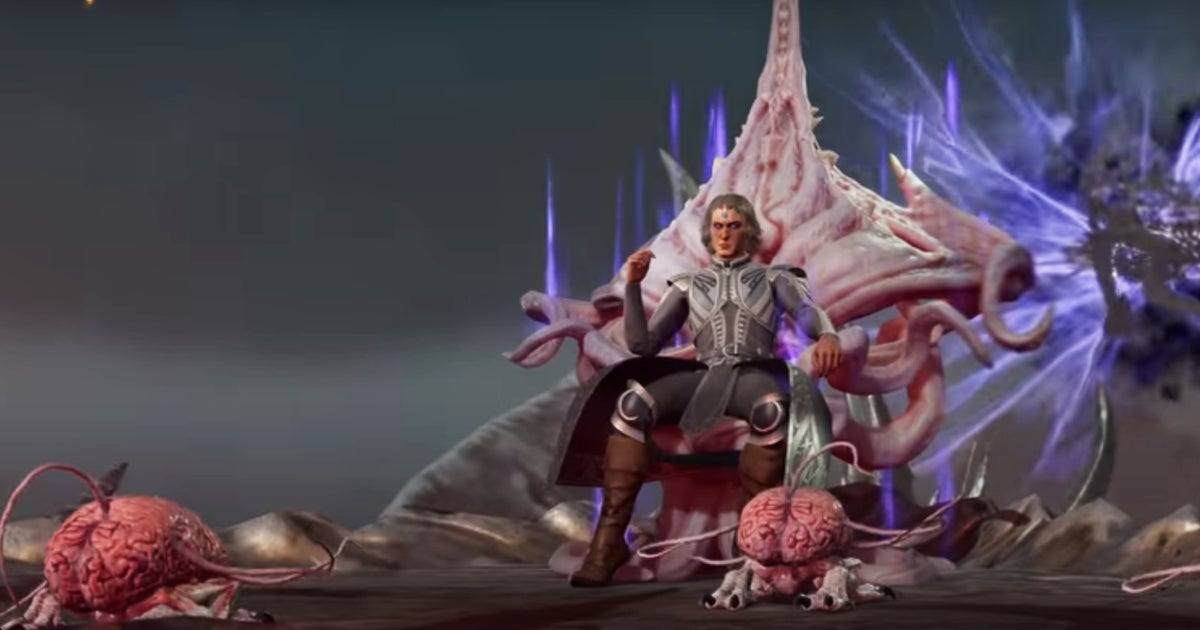Magic the Gathering is not a single game, but a broad ecosystem of related gameplay formats for every type of player. Some of these formats — like Vintage, Modern, and Commander — you may know better than others. But the Magic community is larger than ever, and even traditionally smaller formats are growing larger and more influential. This year, the publisher Wizards of the Coast decided to bring attention to the pauper format.
Pauper was first introduced in 2009 as an unofficial fan-made format that soon gained popularity. On Monday, Wizards of the Coast announced that it is supporting paupers with its own panel of experts. Here’s what that means and how things will play out in 2022 and beyond.
Pauper is a unique Magic format that requires all cards used in play to be commons—cards that are both plentiful (less rare) and therefore relatively cheap to buy on the secondary market. It contains cards from every Magic set ever released. Similar to other Constructed Magic formats, players can have up to four copies of a given card in a 60-card pauper deck (with the option of a 15-card sideboard if desired). Similarly, there’s a ban list curated by Wizards of the Coast, which indicates which cards you can’t play because they’re too powerful for the format.
What makes Pauper such an exciting Magic format is the sheer number of cards available. You can build a pauper deck using just the leftover cards from a box of booster packs, or you can use the now-opened cards from the last draft you played at your local game store. Alternatively, you can buy the cards you need online or from a brick-and-mortar store, often for a fraction of the price of a deck needed to compete in a different format. Most importantly, Pauper reverses the notion that rarity alone determines how powerful a Magic card can be, since it’s among the most powerful magic Cards are common or uncommon.
While Commander is often viewed as a casual or entry-level format magic, pauper players tend to be among the most experienced, and that experience often shows up as intense discourse on the internet. In situations like these, the Magic player community is sometimes asked to help and offer advice on how to curate these formats in a healthy way.
The best example of Wizards of the Coast stepping in to improve a community-driven format is the Commander format itself. Commander was originally developed by Adam Staley in the 1990s and was soon followed by Wizards of the Coast in 2011 with the Supported the release of the premade Commander decks. This confirmation places Commander under the supervision of the Rules Committee
The Pauper Format Panel is chaired by Gavin Verhey, a lead designer at Wizards of the Coast who helped curate the Commons-only format 15 years ago. In addition to Verhey, six Magic players and figures from the pauper community are there to discuss the health of the format, and they are Alex Ullmann
While it can be daunting to leave the responsibility of a delicate gameplay format to the players themselves, the committee members share the same passions and concerns as the publisher, meaning they will be able to collectively make a decision hold true. It suggests that Wizards of the Coast has the confidence to trust a select few to help solve problems, and while not every Magic game format requires this level of diligence, Pauper is one of the few who could get by with it the most. If the combined efforts of the Commander Rules Committee and the Advisory Group are to be believed, Pauper’s future looks bright.








